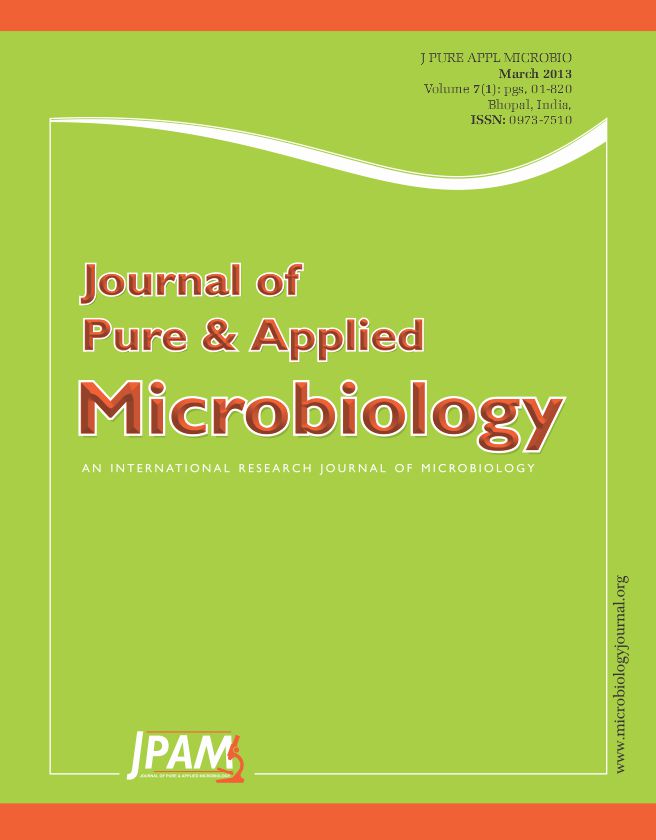Phenol is one of the organic pollutants in various industrial wastewaters especially petrochemical and oil refining. Biological treatment is one of the considerable choices for removing of phenol present in these wastewaters. Identification of effective microbial species is considered as one of the important priorities for production of the biomass in order to achieve desirable kinetics of biological reactions. Phenol and its components are extremely toxic and can easily be isolated from different industrial sewage such as oil refinery, petrochemical industry and mines, especially collier and chemical factories. Hence the presence of these compounds in the environment could cause environmental pollution, especially in water resources. In the past, physicochemical method was used for the elimination of phenol and its compounds, but today, bioremediation is preferable. The aim of this study is to isolate phenol degrading bacteria from industrial waste water of Haryana and to assay their kinetic growth. Seventy samples of waste water and sedimentation from different location of Panipat petro Refinery were collected. In order to isolate phenol degrading bacteria, samples were cultured on salt base phenol broth media. For screening of degrading bacteria, bromothymole blue indicator was added to media, which formed green colour in it. Finally, the ability of bacteria to degrade different concentrations of phenol ranging from0.2 to 1.0 g/l was measured using bacteria culture. Cultivated bacteria on the salt base phenol broth media containing indicator changed the colour of the media from green to yellow by using the phenol and decreasing the pH. These bacteria were, chiefly, gram negative and they belong to Pseudomonaceae and Acinetobacteraceae Family. Psuodomonas spp. are the most important phenol degrading bacteria in water bodies of Bokaro Jharkhand, which showed vast diversity in different parts of this area. Species of Acinetobacter and other species such as Kelibsiella, Citrobacter and Shigella were found as well. Most of the isolated bacteria showed a good ability of degradation of phenol, where Pseudomonas and Acinetobacter showed 0.8 – 0.9 g/l, and Kelibsiella, Citrobacter and Shigella showed 0.6 – 0.7 g/l and the rest showed 0.2 – 0.3 g/l of phenol degradation. Findings show that all different locations of Panipat has a lot of high ability phenol degrading bacteria. The most important species belong to Psuodomonas and Acinetobacter.
Phenol-Degrading Bacteria, Wastewater, Pseudomonas Putida, Activated sludge, Pseudomonas, Acinetobacter
© The Author(s) 2014. Open Access. This article is distributed under the terms of the Creative Commons Attribution 4.0 International License which permits unrestricted use, sharing, distribution, and reproduction in any medium, provided you give appropriate credit to the original author(s) and the source, provide a link to the Creative Commons license, and indicate if changes were made.


